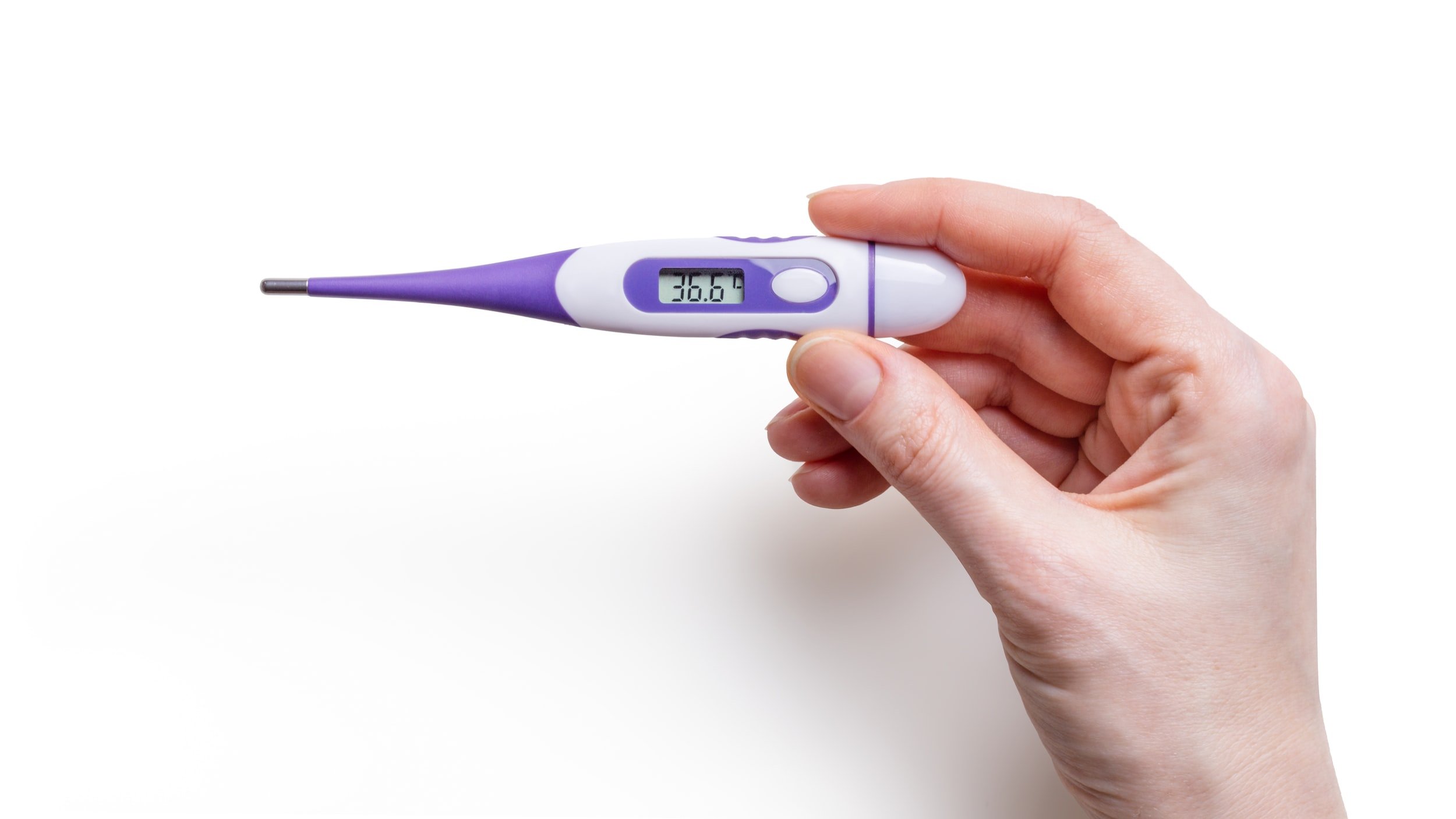Basal Body Temperature Tracking: How And Why To Track To Optimize Your Health And Hormones
There’s a lot involved when it comes to understanding and managing your health. There are also so many different approaches and opinions it can be challenging to understand what your body needs personally.
Thankfully, our bodies are incredibly intelligent and constantly sending us signs and signals to communicate. Tracking different signals that your body gives you can be a phenomenal way to collect information on a physiological level that you can then use to make really supportive nutrition and lifestyle changes.
Tracking your temperature, and more specifically your basal body temperature (BBT), is one really effective tool for gaining more information about what is going on in your body. BBT tracking can be helpful for all women, including those with PCOS.
What is Basal Body Temperature (BBT)?
BBT is the temperature of your body at rest, and it is usually the lowest body temperature you will experience throughout the day. Since your body temperature is closely tied to your metabolism, you can think of BBT as a measure of your baseline metabolism, or how efficiently your body converts nutrients from food (carbs, protein, and fat) into energy and heat in your body.
Your BBT occurs right when you wake up in the morning, and then your body temperature increases throughout the day from there.
Why Measure BBT?
There are so many reasons why measuring your BBT can be helpful. The ultimate goal with any type of tracking is to raise more awareness around the different ways that our bodies communicate with us, so that we can make adjustments to really support and optimize our health. BBT goal = 97.8 degree Fahrenheit.
Here are some of the important things your BBT can tell you
Provides insights into thyroid health and metabolism.
Thyroid hormones regulate your body temperature in many ways. These include influencing energy availability from food (aka your metabolism), regulating how much oxygen is delivered to different parts of your body, and also controlling things like your appetite and pulse.
People with an underactive thyroid generate up to 3x less heat -- which is why looking at basal body temperature can give you a sense of how your thyroid is functioning.
Consistent low BBT readings or a pre-ovulatory BBT consistently less than 97.5 degrees Fahrenheit is indicative of a sluggish thyroid. The body can compensate for quite a while on reduced resources before your blood labs will show a significant enough change to be diagnosed with a thyroid disorder. This is why women will often experience fatigue, digestive issues, period symptoms, and skin issues but their blood work looks normal.
This means that you can potentially pick up on abnormalities in your BBT before your blood work will show that there is a problem!
Understanding your thyroid function is super important because women are at a much higher risk for thyroid issues compared to men. Women with PCOS are 3 times more likely to have thyroid disease than those without PCOS.
Thus, measuring your BBT and understanding its patterns can be a great way to better understand how your thyroid is functioning. Doing so may expose and ultimately help heal any underlying issues that could be contributing to symptoms of thyroid disturbances, such as irregular periods, insulin resistance, inflammation and decreased immune function.
Helpful for identifying potential hormonal imbalances.
Your BBT is influenced by your reproductive hormones, including estrogen and progesterone. When you track your BBT throughout your entire monthly cycle, you may begin to notice patterns or irregularities that indicate possible hormonal imbalances. Identifying imbalances can give you important information needed to make targeted nutrition and lifestyle changes.
Can be used to confirm ovulation.
Your BBT will dip just before ovulation (when your ovaries release an egg). Then, about 24 hours after ovulation, the rise in progesterone will cause your temperature to rise slightly (about ½-1 degree F), and it will remain high the rest of your cycle until you get your period. After a noticeable elevation in BBT for 3 consecutive days, you can confirm that you ovulated.
*BBT may not have a noticeable elevation until three days after ovulation in some women.
Accurately identify your fertile window.
This is perhaps the most popular and well-known reason to track BBT. Since BBT can help you identify when you ovulate, tracking it can be used for timing intercourse if trying to conceive, as well as when trying to avoid pregnancy. You will be most fertile during the two to three days before your temperature rises*. Tracking BBT has been shown to be 99.6% effective when used correctly along-side monitoring changes in cervical mucus as a form of birth control.
*Note that you will not see a relative shift in BBT if you’re on any type of oral contraceptive (aka the pill), but you can use BBT to provide information about other things, like your thyroid function.
How To Measure BBT
There are a few simple steps to take when measuring your BBT:
Purchase and use a digital thermometer that records to 2 decimal places and that syncs with your phone. This level of accuracy is important to be able to identify even the slightest shifts in temperature and to be able to closely follow patterns.
Measure your BBT orally first thing every morning before you get out of bed. Keep in mind that it must be taken after a minimum 4-5 Hours consecutive sleep.
Do this every day and be sure your measurements are being documented and graphed so that you can notice patterns. If you’re using a normal digital thermometer that records to 2 decimal places, I recommend tracking your data in an app like Kindara. See below for bluetooth thermometers and wearable devices.
Be relaxed and realistic!
Recommended BBT tracking tools:
It is also important to know that BBT can be influenced by a variety of factors, which may interfere with a normal pattern.
These things may include:
Alcohol
Stress
Travel
Fever
Schedule changes
Certain medications
Irregular sleep cycles
In Summary
Tracking BBT is simple, but it can still understandably be a bit confusing, especially when you’re first getting started. That’s why it is best to use the guidance and expertise of a healthcare professional familiar with BBT tracking to help you understand and interpret your BBT data accurately, and to support you in using this data to better understand your body.
Ultimately, BBT tracking can be a valuable tool as you work towards optimizing your health and hormones. If you’re interested in learning more about BBT tracking for PCOS and how to use this data to make supportive nutrition and lifestyle changes, you can check out our PCOS Root Reversal Program.

